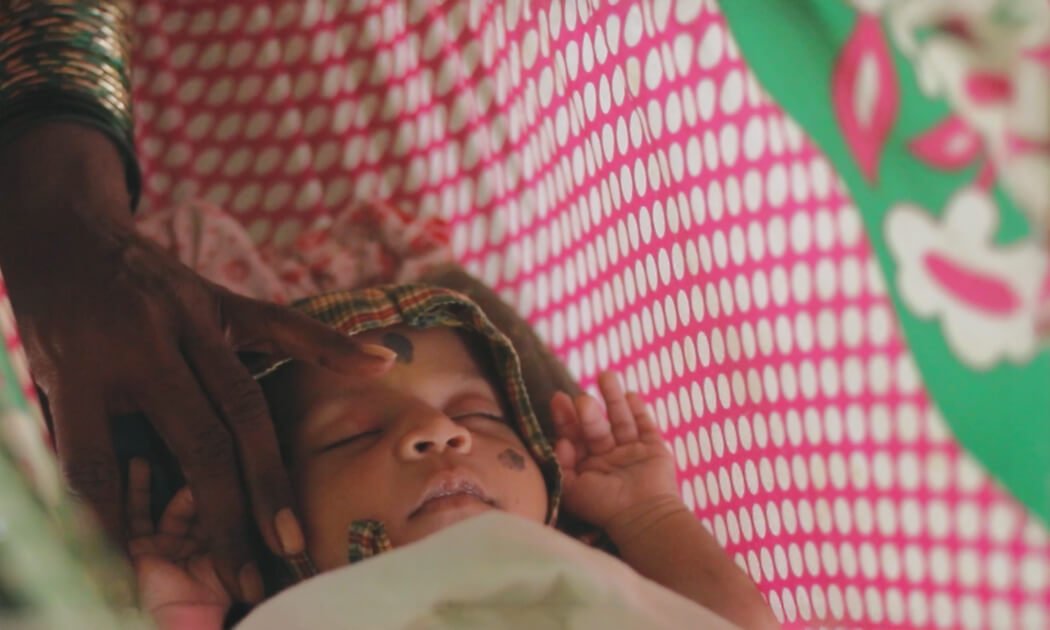Victims of Rural Karnataka’s Healthcare Neglect
Hanumanthi was in labour for the third time at a small government health facility in Karnataka’s Raichur district when she began to bleed heavily. The centre lacked the equipment to manage the emergency. Her family was told to rush her to a larger hospital. But how does a woman in the middle of childbirth survive a long road journey? Why was the local facility unprepared? Her family is left with questions—questions shared by many across rural Karnataka.
Hanumanthi’s case is not rare in rural Karnataka. Public health records show that while nearly all women in the state receive at least one antenatal check-up and give birth in institutions, these statistics often obscure the poor quality of care available in many rural clinics.
In districts like Raichur, Ballari and Yadgir, a pregnant woman may visit a local facility several times, only to be referred elsewhere when complications arise. The absence of specialists, functioning equipment or even basic blood transfusion services means women are moved in critical condition, sometimes across districts.
In theory, Karnataka has one of the densest networks of Primary Health Centres (PHCs) in the country. But many PHCs function without a full-time doctor, and staffing shortages are more severe at Community Health Centres, where positions for gynaecologists and anaesthetists routinely lie vacant. Government records show that Karnataka still does not meet the recommended doctor-to-population ratio in rural areas, and the burden of routine maternal care often falls on nurses and ASHA workers who are underpaid, overworked and, in some cases, inadequately trained to deal with emergencies like postpartum haemorrhage.
Transport is another barrier. For women like Hanumanthi, ambulances are not always available when needed. Even when the 108 emergency service is called, response times can be long, especially in remote areas where roads are bad and communication is limited. Families often rely on private vehicles or autos to shift women in labour, risking delays that can cost lives.
While schemes like Janani Shishu Suraksha Karyakram guarantee free maternity care, including transport, the reality on the ground is that services don’t always match the promise. Many families still end up paying out of pocket, especially when they are forced to go to private hospitals after being turned away by the public system.
Poor maternal nutrition and anaemia worsen the risk. In rural Karnataka, nearly half of all women of reproductive age are anaemic. For many, the problem begins in adolescence and is never adequately treated.
Government nutrition schemes like Mathrupoorna are supposed to provide daily meals and iron supplements to pregnant and lactating women through Anganwadi centres, but coverage is uneven. Distance, lack of awareness and poor monitoring mean that not all women are consistently reached.
Hanumanthi’s death can be seen as part of a pattern in the state’s poorest districts, where maternal mortality remains high despite official progress. While Karnataka has reduced its maternal death rate over the past decade, recent audits have revealed preventable deaths due to lapses in care, expired medicines and missing staff.
In 2024, five maternal deaths in Ballari prompted statewide reviews. Experts say many of these deaths could have been avoided with timely care, better supervision and working referral systems. But for women like Hanumanthi, whose only mistake was going into labour in the wrong place at the wrong time, such reviews offer little comfort.

